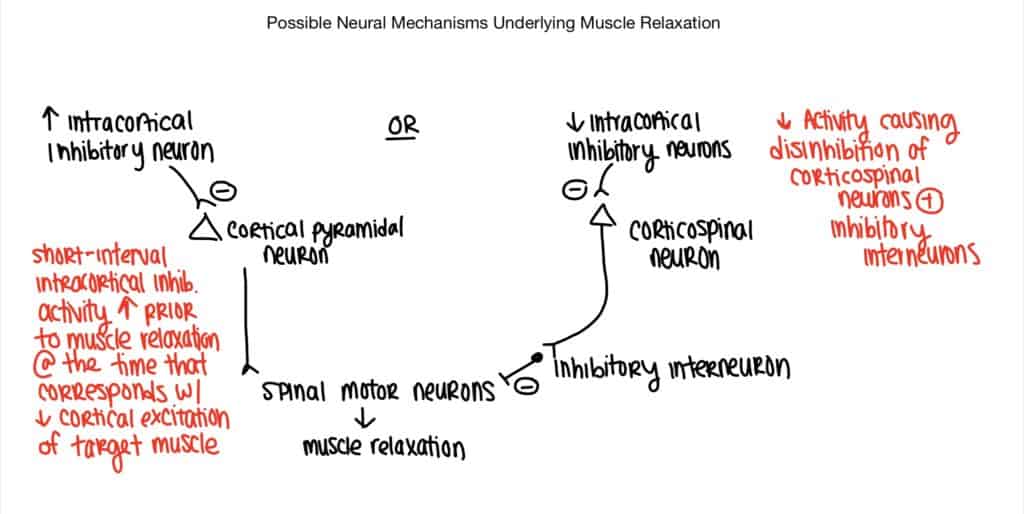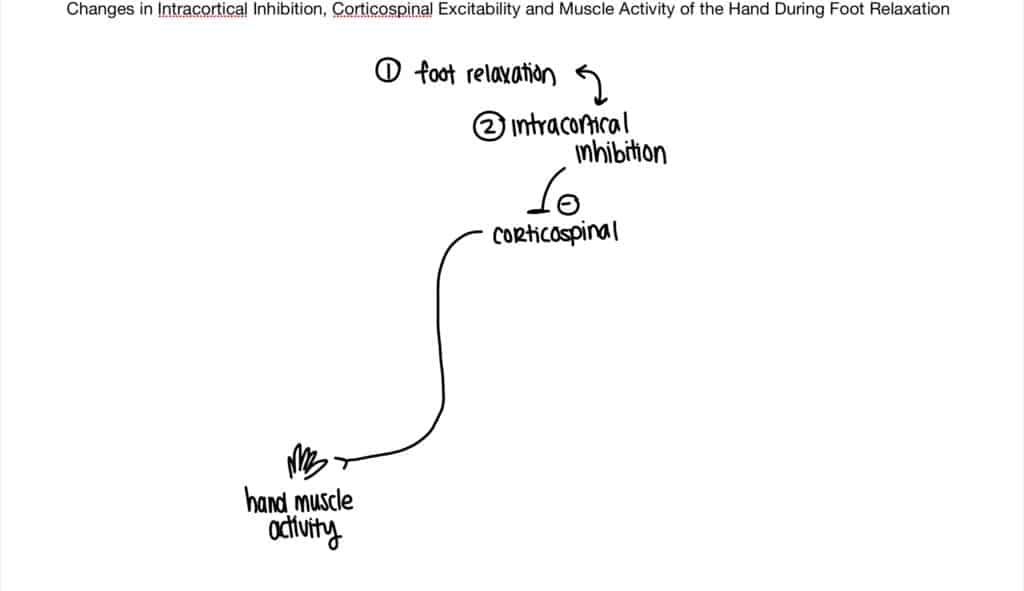Picture a novice athlete who is struggling to get a movement right. They are having difficulty contracting the muscle needed to perform the movement while also controlling and relaxing the inappropriate muscles. In frustration, their coach may yell to them “Just relax more!”, but in reality that concept is much more difficult than it sounds.
Physical activities in daily life as well as during playing sports or musical instruments require a fine control of not only muscle contraction but also relaxation.
While muscular contraction has been extensively studied, recent studies have started to shed light that it is actually the ability to relax our muscles that many athletes struggle with. One study showed that novice players of both sports and music often showed unintended contractions of inappropriate muscles and insufficiently strong contractions of necessary muscle. Even further, impairment of muscle relaxation is involved in a wide spectrum of movement disorders, including myotonic dystrophy, dystonia, stroke and Parkinson’s disease.

Although of current understanding of muscle relaxation is still fragmentary, researchers have found that regions that are likely involved with muscle relaxation include the motor cortex M1 and supplementary motor cortex (SMA), the dorsolateral prefrontal cortex, anterior cingulate cortex, basal ganglia and cerebellum.
One interesting study found that relaxation of one limb produces ipsilateral relaxation of the other limb due to intracortical inhibition. For example, if someone relaxed their foot so that they inhibited plantar flexion, they found it was more difficult for that individual to contract the flexors of the forearm. This makes it particularly difficult for athletes or musicians to both relax the unnecessary muscles while still contracting the muscles needed to accomplish the required movement.

This article provides a great summary of our current understanding of the cortical mechanisms of muscle relaxation- to read the full article, visit https://www.ncbi.nlm.nih.gov/pmc/articles/PMC6901433/
Source:
Kato K, Vogt T, Kanosue K. Brain Activity Underlying Muscle Relaxation. Front Physiol. 2019;10:1457. Published 2019 Dec 3. doi:10.3389/fphys.2019.01457



